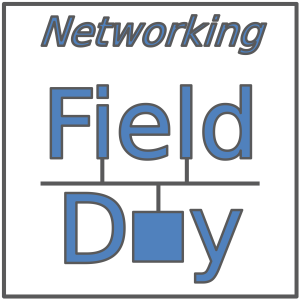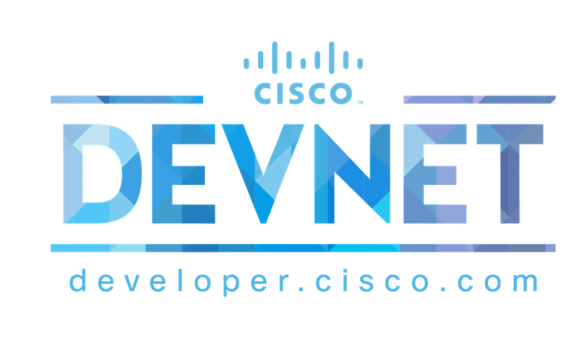
You no doubt saw the news this week that HPE announced that they’re buying Silver Peak for just shy of $1 billion dollars. It’s a good exit for Silver Peak and should provide some great benefits for both companies. There was a bit of interesting discussion around where this fits in the bigger picture for HPE, Aruba, and the cloud. I figured I’d throw my hat in the ring and take a turn discussing it.
Counting Your Chickens
First and foremost, let’s discuss where this acquisition is headed. HPE announced it and they’re the ones holding the purse strings. But the acquisition post was courtesy of Keerti Melkote, who runs the Aruba, a Hewlett Packard Enterprise Company (Aruba) side of the house. Why is that? It’s because HPE “reverse acquired” Aruba and sent all their networking expertise and hardware down to the Arubans to get things done.
I would venture to say that Aruba’s acquisition was the best decision HPE could have made. It gave them immediate expertise in an area they sorely needed help. It gave Aruba a platform to build on and innovate from. And it ultimately allowed HPE to shore up their campus networking story while trying to figure out how they wanted to extend into the data center.
Aruba was one of the last major networking players to announce a strategy based on SD-WAN. We’ve seen a lot of major acquisitions on that front, including Cisco buying Viptela, VMware buying VeloCloud, Palo Alto Networks buying CloudGenix, and Oracle buying Talari. That last one is going to be important later in this story. Aruba didn’t go out and buy their own SD-WAN solution. Instead, they developed it in-house leveraging the expertise they had with ClearPass. Instead of calling it SD-WAN and focusing on connecting islands together, they used the term SD-Branch to denote the connectivity was more about the users in the branch and not the office itself.
I know that SD-Branch isn’t a term that’s en vogue with most analysts. But it’s important to realize that Aruba was trying to say more about the users than anything else. Hardware was an afterthought in this solution. It wasn’t about an edge gateway, although Aruba had those. It wasn’t about connectivity, even though Aruba could help on that front too. Instead, it was about pushing policy down to the edge and sorting out connectivity for devices. That’s the focus that Aruba had for many years with their wireless roots. It only made sense to leverage the tools to get where they wanted to be on the SD-Whatever front.
Coming Home To Roost
The world of SD-WAN isn’t the same as the branch any longer, though. Now, SD-WAN drives cloud on-ramp and edge security. Ironically enough, the drive to include Secure Access Service Edge (SASE) in SD-WAN is way more in line with the original concept of SD-Branch as defined by Aruba a couple of years ago. But you have to have a more well-rounded solution that includes cloud.
Why do you need to worry about the cloud? If you still have to ask that question in 2020 you’re not gonna make it in IT much longer. The cloud operationalizes a lot of things in IT that we have just accepted for years. The way that we do workloads and provisioning has changed on-site as well. If you don’t believe me then listen to HPE. Their biggest focus coming out of HPE Discover this year has been highlighting GreenLake, their on-premises IT-as-a-Service offering. It’s designed to give you cloud-like performance in your data center with cloud-like billing options. And, as marketed, the ability to move workloads back and forth between on-site and in-cloud as needed.
Hopefully, you’re starting to see why Silver Peak was such an important pickup for HPE now. SD-Branch is focused on devices but not services. It’s not designed to provide cloud on-ramp. HPE and Aruba need a solution that gives you the ability to accelerate user adoption of software-as-a-service no matter where it lives, be it in GreenLake or AWS or Azure. Essentially, HPE and Aruba needed Talari for their cloud offerings. And that’s what they’re going to get with Silver Peak.
Silver Peak has focused on cloud intelligence to accelerate SaaS for a few years now. They also have a multi-cloud networking solution. Multi-cloud is the way that you get people working between two different clouds, like AWS and GreenLake for example.
When you tie in Silver Peak’s DC-focused SD-WAN solution with Aruba’s existing SD-Branch capabilities, you see how holistic a solution you have now. And because it’s all based on software you don’t have to worry about clunky integration. It can run side-by-side for now and in the next revision of Aruba Central integration with the new Edge Services Platform (ESP), it’s all going to be seamless to use however you want to use.
Tom’s Take
I think Silver Peak is a good pickup for HPE and Aruba. Just remember that when you hear HPE and networking in the same sentence, you need to think about Aruba. Ultimately, the integration of Silver Peak into Aruba’s SD-Branch solution is going to benefit everyone from users to cloud to software and back again. And it’s going to help position Aruba as a major player in the SD-WAN market. Which is a silver lining on any cloud.











